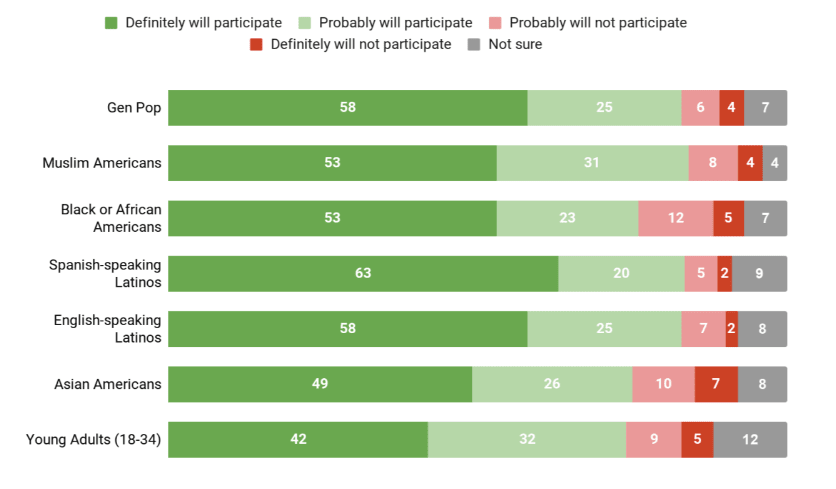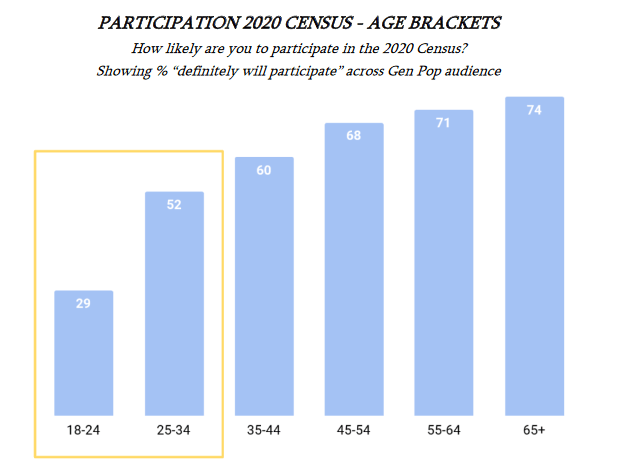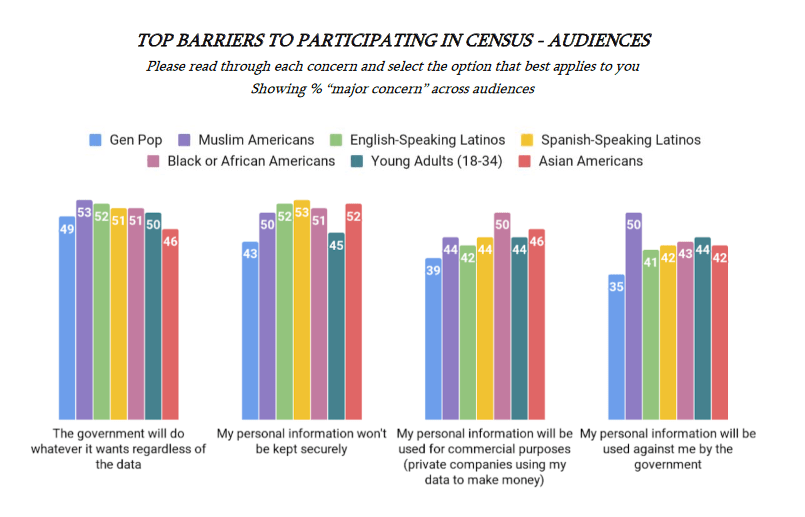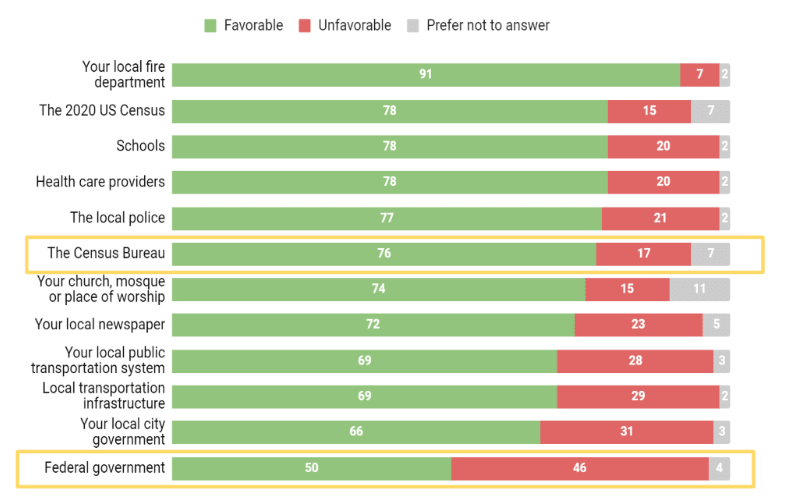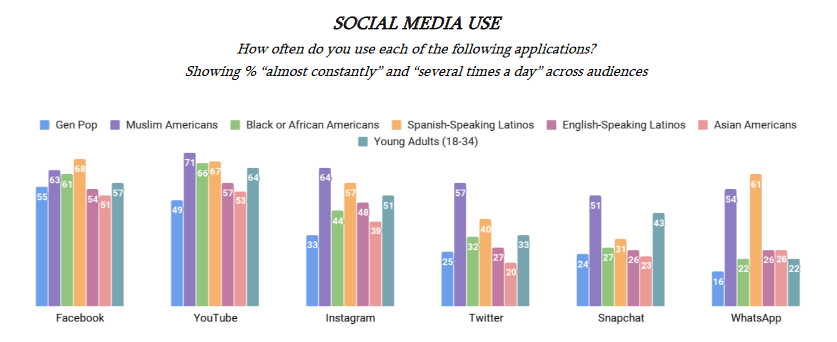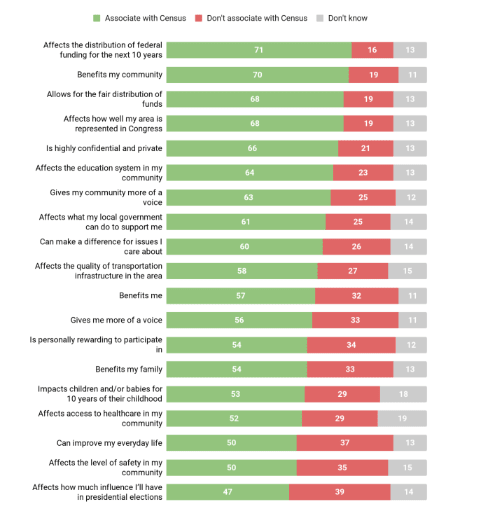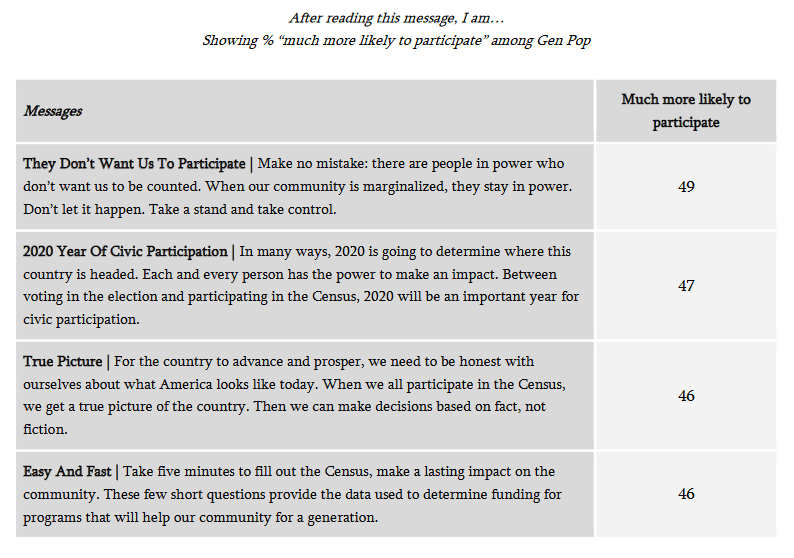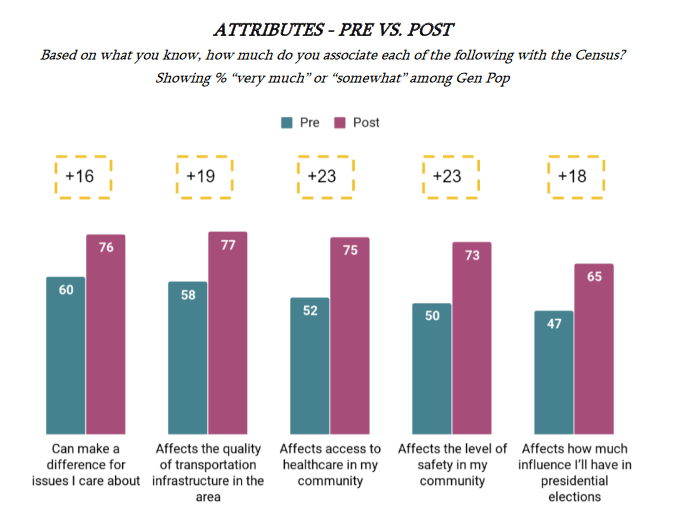By Tanu Henry | California Black Media
Black
Republicans in California are focused and organizing.
They want
to “reintroduce” African Americans in the state to the GOP, Black Republican
leaders and activists say.
By increasing
the number of Black Republicans holding political office in the state and inspiring
more Black Californians to vote red, they believe their efforts will purple the
deep blue African-American vote in the fourth bluest of blue states in the
country, according to a ranking by The Hill, a Washington D.C.-based website
that covers the U.S. Congress, Presidency and national politics.
“We are
Black first, then Republican,” says Corrin Rankin, 45, a GOP activist and
delegate who splits her time between homes in San Mateo and San Joaquin
counties.
“We
believe Republican policies are more in line with our values as Black Americans
than democratic policies,” says Rankin. “We believe in low taxes, small and
efficiently-run governments, and limited regulation. The more regulations you
have, the less people – especially people from economically disadvantaged
backgrounds – are able to get involved in any industry.”
Last
February, at the state Republican convention, Rankin says she and other African-American
conservatives who attended decided to organize themselves and form an
association called the Legacy Republican Alliance (LRA), a political action
committee, after they found out the California Republican Party had a directive
to not reach out to Black voters.
“We
understand from a business perspective that the number of Black Republicans in
the state is relatively small, but that was not the right way to go for the
party,” she says. “There were other ethnic organizations at the convention.
That’s why we decided to create the LRA, to increase our numbers and make our
voices heard so that we can have a seat at the table.”
California
has the fifth largest Black population in the country, according to the U.S.
Census Bureau. African Americans account for about 6.5
percent of the state’s total population of nearly 40 million people.
Democrats
in California make up 72 percent of Black registered voters, according to the Public
Policy Institute of California. Six percent of those African-American likely
voters are Republican. Independents account for about 20 percent.
And there
are no Black Republicans who are members of the state legislature or among
California’s delegations to the United States Congress.
But some
African-American leaders in the California Democratic Party are concerned that
their party has not done a good job empowering Blacks when it comes to things like
organizing voter registrations and encouraging voter participation. Many point out,
too, that fellow Democrats at the state, county and local levels often overlook
issues important to African Americans like failing schools and the high cost of
housing, and they sometimes advance public policies that disproportionally
impact Blacks as well as middle class and lower-income families.
.
Those Black
Democratic leaders – two of them spoke with California Black Media off the
record for this article – say those missteps by their party cause them to work
harder to ensure that their party remains the first choice for Black
Californians.
But Taisha
Brown, who was sworn in chair of the California Democratic Party African
American Caucus last month, says Black support of the Democratic Party and
elected Democrats in the state has never been stronger. And with more African-American
Democrats being appointed to influential leadership positions in the state, she
is confident things are moving in the right direction.
“We may
not see eye-to-eye on every issue as Democrats in California, but we still
stand with each other, and we support a party where there is room to have difficult
conversations that allow us to move forward together in good faith as we work
for a better California, a better country, a better life for all of our
families,” she said. “Now, more than ever, we have to listen to each other and
think about how the things we fight for impact all of us.”
Since the LRA
was formed, Rankin says the group has launched a website and focused on
informing Black Californians that Republican policies on employment, business, education,
taxation, criminal justice reform, community-police relations and criminal
justice reform are better for their families and communities.
They have
also been actively raising money to support Black Republican candidates and LRA
members, including Navy veteran Joe Collins who is running for U.S. Congress
against Rep. Maxine Waters in the 43rd district which covers the Los
Angeles area; Aja Smith, an Air Force vet, also running for U.S. Congress
against Democratic Rep. Mark Takano in the 41st district in the
Inland Empire; Tamika Hamilton, another Air Force vet running for Congress against
Democratic Rep. John Garamendi in the 3rd Congressional district
west of Sacramento; and Major Williams who is running for mayor of Pasadena.
Another
member of the LRA, Jonathan Madison, has been elected Regional Vice Chair of
the Bay Area GOP.
In April
of this year, the California Republican Assembly (CRA), a statewide conservative
activist group former California Gov. and U.S. President Ronald Reagan called
“the conscience of the Republican Party,” elected Johnnie Morgan, 68, as its first
African-American president for a three-year term.
Morgan
says one of his main goals as CRA president is to recruit more African
Americans and Independents to join the California Republican Party.
“African
Americans place a high value on family as does the Republican Party,” Morgan
told California Black Media.
Rankin is
encouraging Black Californians who want to make a difference in their
communities to reach out to the LRA for mentorship and guidance on how to get
elected to county or municipal office.
“You can
run for city council or your local school board and represent yourself, your
interests, your neighbors and your community,” she says.
Rankin
says the LRA is building a framework in California that it hopes to take
nationwide.
“Our state
is in desperate need of diverse and thoughtful leaders who will bring a
much-needed, new approach to solving California’s toughest challenges,” she
says.
 Westside Story Newspaper – Online The News of The Empire – Sharing the Quest for Excellence
Westside Story Newspaper – Online The News of The Empire – Sharing the Quest for Excellence
